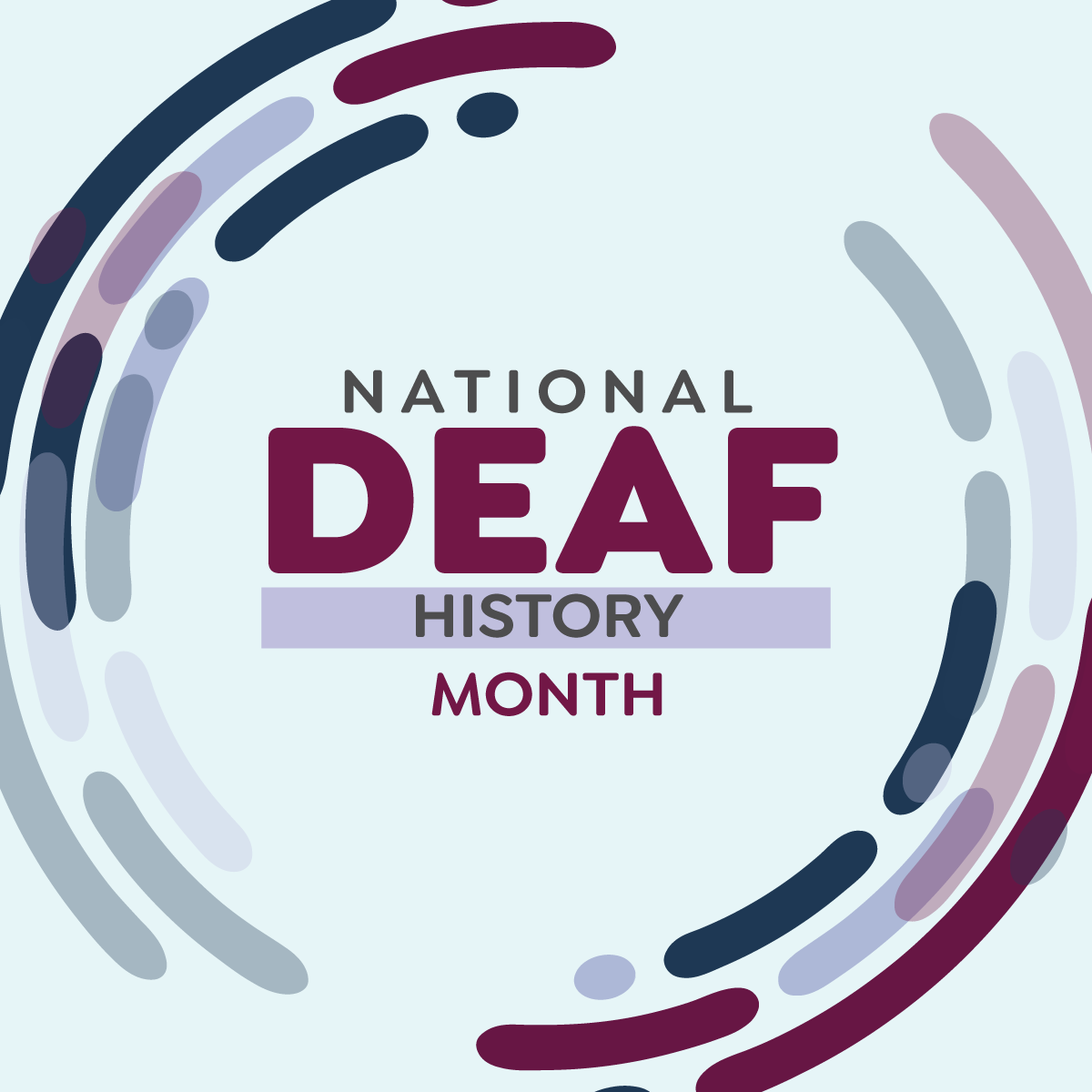Deaf History Month, recognized each April in the United States, is a time to honor and celebrate the rich contributions of Deaf and hard of hearing individuals, past and present. This month provides an opportunity to recognize the achievements of both men and women, particularly those from communities of color, whose accomplishments have often been overlooked or undervalued. Historically, Deaf and hard of hearing individuals have faced barriers to education, employment, and full societal inclusion, leading to a lack of visibility and representation in mainstream narratives.
Established to bring awareness to Deaf culture, history, and advocacy, this month has evolved into a movement to amplify the voices and achievements of Deaf individuals worldwide. One of the best ways to celebrate Deaf History Month in the classroom is by reading books written by Deaf and hard-of-hearing authors. Below are several exceptional children’s books that introduce young readers to the experiences, culture, and contributions of the Deaf community.
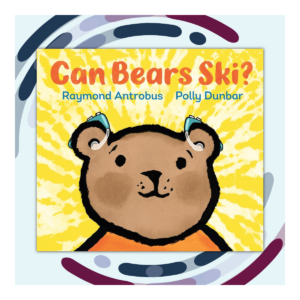 1. Can Bears Ski? by Raymond Antrobus
1. Can Bears Ski? by Raymond Antrobus
This beautifully illustrated book follows a young bear who begins to notice that he experiences the world differently from his peers. Through engaging storytelling, the book portrays the bear’s journey to understanding his hearing loss and learning to navigate his environment with the help of his father and a kind audiologist. Raymond Antrobus, a Deaf British-Jamaican poet and educator, is a celebrated advocate for accessibility and inclusion in literature. His experiences as a Deaf individual bring authenticity to this touching story about self-discovery and resilience.
Classroom Application:
Use this book to launch a discussion on different ways people communicate, including sign language and lip reading. As a class, research audiologists and the role they play in supporting children with hearing differences. Extend the lesson by mapping out global access to hearing support and discussing how geography and economics impact accessibility.
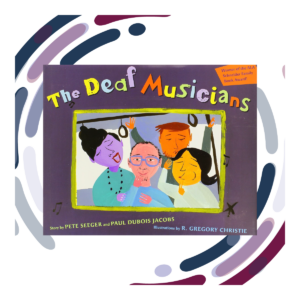 2. The Deaf Musicians by Pete Seeger, Paul DuBois Jacobs, and R. Gregory Christie
2. The Deaf Musicians by Pete Seeger, Paul DuBois Jacobs, and R. Gregory Christie
This heartwarming tale follows Lee, a jazz pianist who loses his hearing but finds new ways to share his love of music. Along with his friends, he creates a new band that plays using sign language and vibrations, proving that music is for everyone. Paul DuBois Jacobs and Pete Seeger collaborated on this book to bring attention to the creative ways Deaf individuals engage with music. Illustrator R. Gregory Christie, an African American artist, ensures cultural inclusivity in the storytelling.
Classroom Application:
Students can research famous Deaf musicians like Evelyn Glennie and Ludwig van Beethoven. As a class project, explore how vibrations work in sound and how Deaf individuals can experience music through different senses. Incorporate a geography lesson by mapping out different musical traditions and accessibility resources around the world.
 3. El Deafo by Cece Bell
3. El Deafo by Cece Bell
This graphic novel memoir follows Cece as she navigates childhood and school life while wearing a hearing aid. Through humor and honesty, Cece shares the ups and downs of her journey to self-acceptance and finding friends who appreciate her for who she is. Cece Bell, a Deaf author and illustrator, uses her personal experiences to craft a relatable and engaging story that speaks to young readers about identity, friendship, and resilience.
Classroom Application:
Engage students in a discussion about how communication barriers impact relationships. Have them research different types of hearing aids and cochlear implants. As a social studies project, explore Deaf education systems around the world and how they have evolved over time.
 4. Hands & Hearts by Donna Jo Napoli
4. Hands & Hearts by Donna Jo Napoli
This beautifully illustrated book follows a mother and daughter as they spend a day at the beach, communicating entirely through American Sign Language (ASL). The story seamlessly integrates ASL vocabulary into the narrative, making it an engaging and educational read for young learners. Donna Jo Napoli, a linguist and advocate for Deaf communities, brings her expertise to this heartfelt book that highlights the beauty of sign language.
Classroom Application:
Introduce students to basic ASL signs used in the book and encourage them to practice simple phrases. Discuss the importance of sign language in Deaf culture and accessibility. Research different sign languages used around the world and compare how they differ.
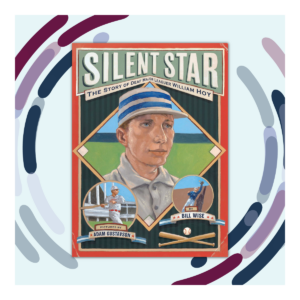 5. Silent Star: The Story of Deaf Major Leaguer William Hoy by Bill Wise
5. Silent Star: The Story of Deaf Major Leaguer William Hoy by Bill Wise
This inspiring biography tells the story of William Hoy, a Deaf baseball player who became one of the first athletes to introduce hand signals to the game. The book follows his journey from a young boy who loved baseball to a major league player who changed the sport forever. Bill Wise captures Hoy’s determination and achievements, shedding light on an often-overlooked figure in sports history.
Classroom Application:
Support students’ research of other Deaf athletes and their contributions to their respective sports. Explore how sign language is used in different professions beyond sports and how accessibility in sports and the workplace has evolved over time.
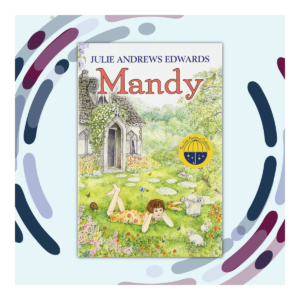 6. Mandy by Julie Andrews Edwards
6. Mandy by Julie Andrews Edwards
This classic story about a girl who finds her own secret cottage isn’t explicitly about being Deaf, but the audiobook version features a special foreword and promotion by Deaf actress Millicent Simmonds. Simmonds’ advocacy and presence in the media make this book a valuable resource for discussing Deaf representation in broader narratives.
Classroom Application:
Use the audiobook version to introduce discussions about inclusive storytelling and representation in media. Have students explore the contributions of Millicent Simmonds to Deaf visibility in film and literature. Discuss the impact of having Deaf characters portrayed authentically in media.
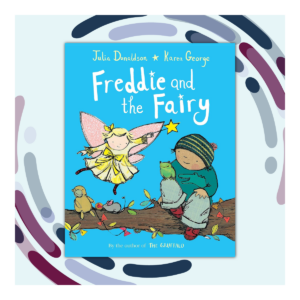 7. Freddie and the Fairy by Julia Donaldson
7. Freddie and the Fairy by Julia Donaldson
This whimsical picture book tells the story of a young boy who is hard of hearing and a fairy who misinterprets his wishes. Misunderstandings lead to humorous results, and the importance of clear communication and listening is gently emphasized. Julia Donaldson, though not Deaf herself, wrote this book inspired by her experiences with children with hearing impairments.
Classroom Application:
Use this book to spark conversations about misunderstandings and the importance of communication accommodations. Encourage students to create their own fairy tale involving a character who uses hearing aids or sign language. Tie in a geography lesson on access to hearing support services in different countries.
Conclusion
The books featured in this list provide valuable perspectives on the experiences, challenges, and triumphs of Deaf and hard-of-hearing individuals. Through powerful storytelling and firsthand accounts, these books foster empathy, cultural appreciation, and deeper understanding in young readers. By incorporating these stories into the classroom, educators can help students learn about Deaf culture, the history of Deaf rights movements, and the rich diversity within the Deaf community.
Let’s celebrate Deaf History Month by uplifting these voices—not just in April, but throughout the school year. Find these books in your school or local libraries, or pick up a copy for your classroom library and enjoy engaging students in meaningful conversations and projects that honor the lives and contributions of Deaf and hard of hearing individuals from around the world.


